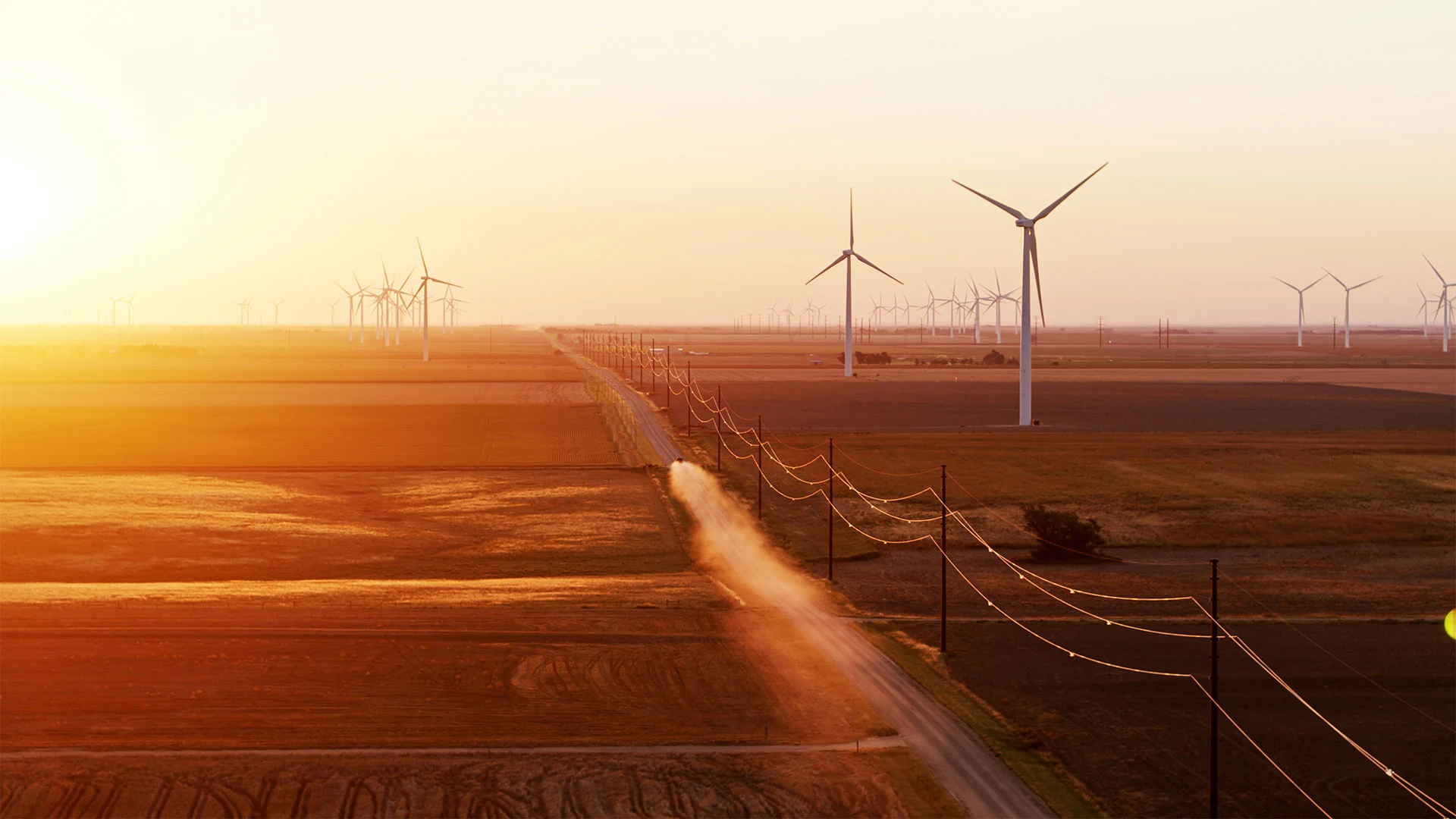
"Over those three decades, the U.S. population soared by 28% and the economy, as measured by gross domestic product adjusted for inflation, more than doubled. Yet U.S. emissions from many of the activities that produce greenhouse gases-transportation, industry, agriculture, heating and cooling of buildings-have remained about the same over the past 30 years. Transportation is a bit up; industry a bit down. And electricity, once the nation's largest source of greenhouse gas emissions, has seen its emissions drop significantly."
"One of the main reasons for this big drop is that Americans are using less coal and more natural gas to make electricity. Both coal and natural gas are fossil fuels. Both release carbon dioxide to the atmosphere when they are burned to make electricity, and that carbon dioxide traps heat, raising global temperatures. But power plants can make electricity more efficiently using natural gas compared with coal, so it produces less emissions per unit of power."
Global greenhouse-gas emissions and temperatures have continued rising despite three decades of international efforts. The U.S. population increased 28% and inflation-adjusted GDP more than doubled over the same period. Emissions from transportation, industry, agriculture, and building heating and cooling have remained roughly unchanged over 30 years; transportation rose slightly while industry declined modestly. Electricity-sector emissions fell almost 30% since 1995. The power-sector decline reflects a shift from coal to more efficient natural gas generation. Natural gas and coal both emit CO2 when burned, but natural-gas plants emit less CO2 per unit of electricity. U.S. per-capita emissions remain high and total emissions fell about 15% in the past decade.
Read at Fast Company
Unable to calculate read time
Collection
[
|
...
]